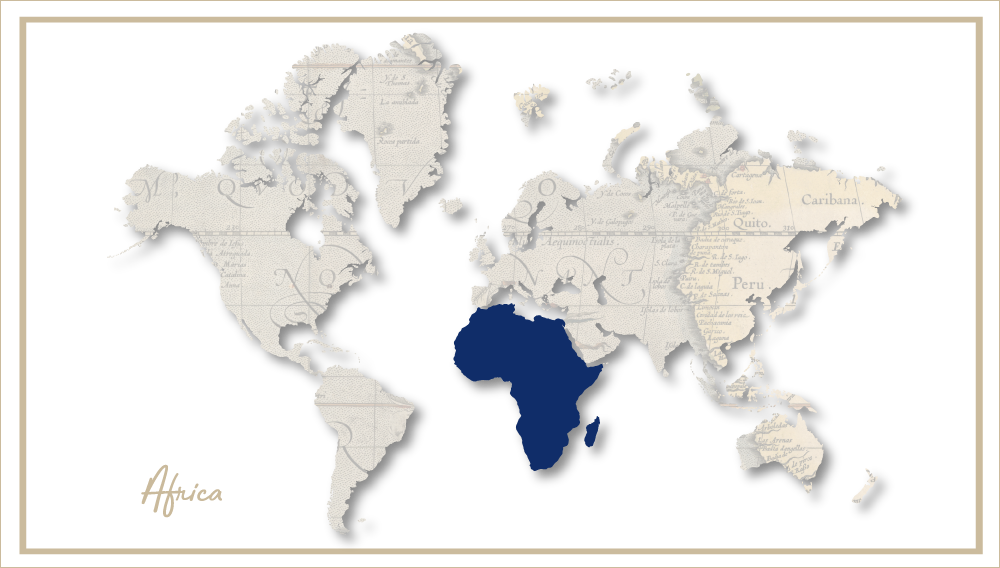HIV/AIDS: Saving lives, saving bottom lines
Times are a-changing and sometimes actually for the better. Ten years ago, your correspondent asked the CEO of what was then still SAB, Graham Mackay, what his company intended to do about the HIV/AIDS pandemic which had already begun to ravage Africa. His reply was: “Why should I be doing anything about it?” My reply was: “You could do something out of the goodness of your heart. Or you could do it for simple business reasons because if you don’t you will have to write-down your investments in human capital pretty quickly.”
I admit this was a most cynical thing to say. But as critics of companies’ Corporate Social Responsibility (CSR) programmes never tire of complaining: companies only do good if they stand to profit from their deeds.
Ten years later, SABMiller just like Heineken and others are spending money on corporate HIV/AIDS programmes because they have since come to realise that there is a cost benefit to the company if they provide testing and treatment to employees and their dependants.
In other words, it’s cheaper for SABMiller to run their HIV/AIDS programmes than to bear the costs of sick employees – factoring in the costs of absenteeism, benefit payments and replacement, plus the loss in productivity and skills.
In 2009 there were over 33 million people globally living with HIV or AIDS, yet Sub-Saharan Africa had the highest share – 60 percent. Although there was a decrease in new infections in 2009, an estimated 350,000 people still died of AIDS in South Africa alone in that year. For every two people who get treatment, five new people are infected, Jenni Gillies, SABMiller’s Group HIV consultant told delegates at the IBD Africa Convention in Uganda in March 2011.
SABMiller’s policy is to prevent new infections through counselling and testing and to provide those who are infected plus their spouses and dependants with treatment.
However, the challenge remains huge as those infected will on average infect another seven. Moreover, it is believed that less than 50 percent of all people infected know their status. Also only 30 percent to 40 percent of people who need antiretrovirals to help them fight the infection are able to access these drugs.
It’s a sad state of affairs that HIV/AIDS has become the biggest obstacle to social and economic development in Africa, Ms Gillies said.
Fortunately, brewers like SABMiller – which after all represent Africa’s major employer – have realised that it pays off for them to run HIV/AIDS programmes because as Ms Gillies hammered home: the consequences of the HIV/AIDS pandemic in Africa have the potential to be devastating in every sense.


